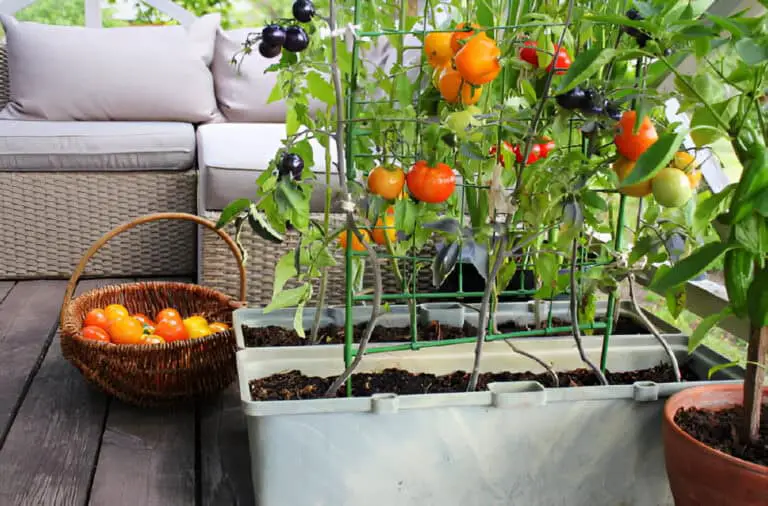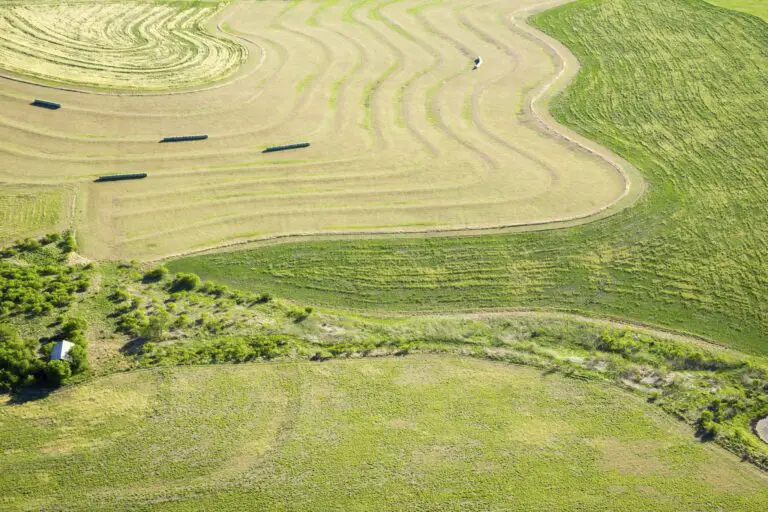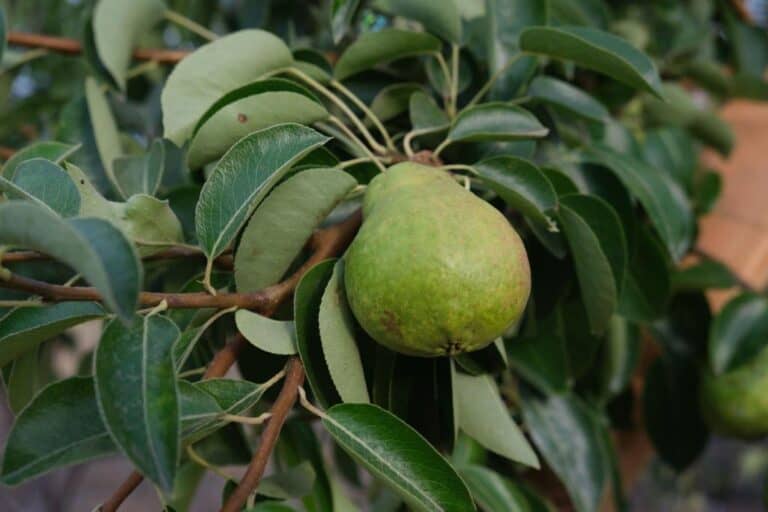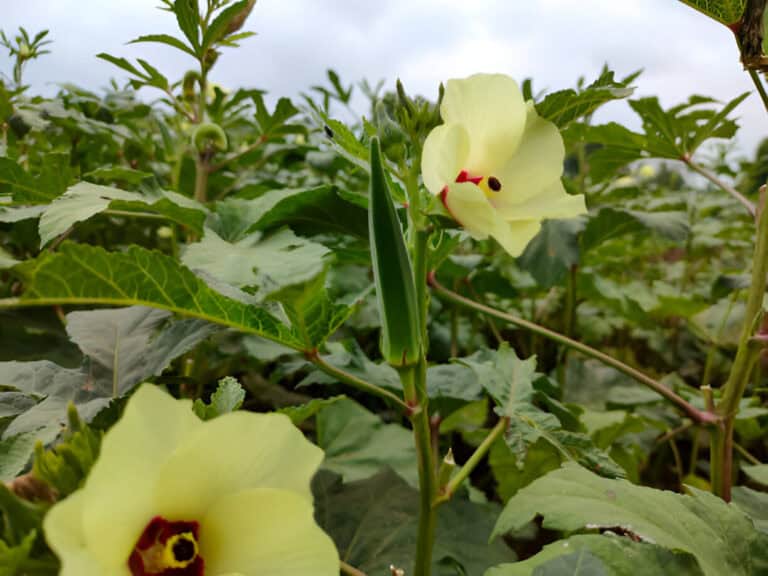Learn How A Garden Soil Tester Can Help Your Plants Grow Strong & Healthy
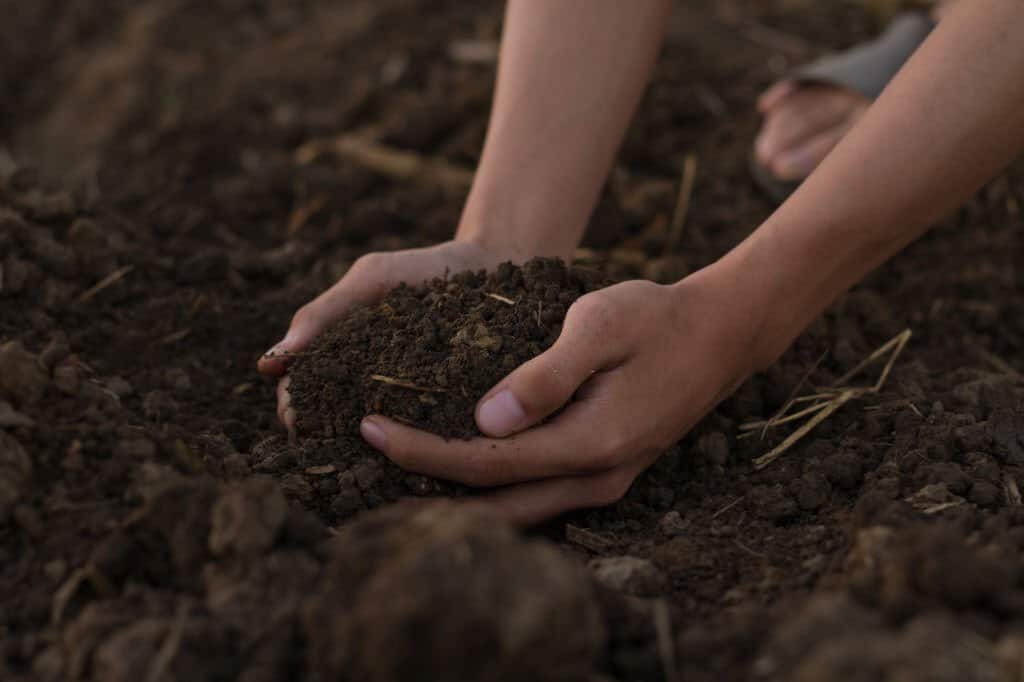
It’s springtime, and that means it’s time to get your garden started. But before you start planting, you need to make better preparations for your garden soil.
Most gardeners agree that the most fun part of setting up a new garden or flowerbed is picking the plants. They will be combined to create a beautiful mix of foliage, flowers, and winter interest.
Yet, there is a lot of work that must be done to make certain the correct plants are chosen for the conditions of the new bed.
It’s easy to skip ahead and put the plants in immediately. But, using a garden soil tester first will only add to your arrangement’s beauty and save you money.
Why Do You Need to Test Your Garden Soil?
The soil is the foundation of any garden. Testing your garden soil is an important step in creating and maintaining a healthy garden.
Testing your soil can determine what nutrients it lacks and how to amend it. They help you determine what kind of fertilizer, compost, and soil amendments your garden needs.
Soil tests also help you determine how much water your garden needs. Test results will tell you the pH level of your soil and what nutrients it lacks.
This information will help you choose the right plants for your garden and amend the soil accordingly.
Often, people only go out and purchase a soil test kit after they discover that something is off balance. This is often after they spend good money on plants only to have them die or just refuse to grow more than a half inch over many years.
Don’t wait until your plants are wilting to test your soil! Test it now and give your plants the best chance for a healthy growing season.
Testing Your Garden Soil Can Save You Money
You can save money by testing the soil at any new site where you want to plant. Do this before you decide on the exact plants to put out.
Even if your dirt is healthy, you can pick the perfect plants for that spot based on a test kit.
For example, many plants prefer acidic or alkaline soil. If you know your soil is acidic and don’t want to change it for a particular plant, then you may not buy something that needs more alkaline soil to thrive.
A good soil tester can determine all of this as well as the soil’s moisture, light levels, nitrogen, phosphorus, and potash contents.
You can also learn about any deficiencies that the site may have. It is much easier to amend the soil while it is an empty site than it is to try and work lime or other additives in around tender plant roots.
Before you buy plants and put them outside, use a garden soil tester to make sure that the plants you choose will do well in your soil. You can also change the soil to make it better for a certain type of plant. This will save you a lot of money from dying or stunted plants in the long run.
Other Benefits of Using a Garden Soil Tester
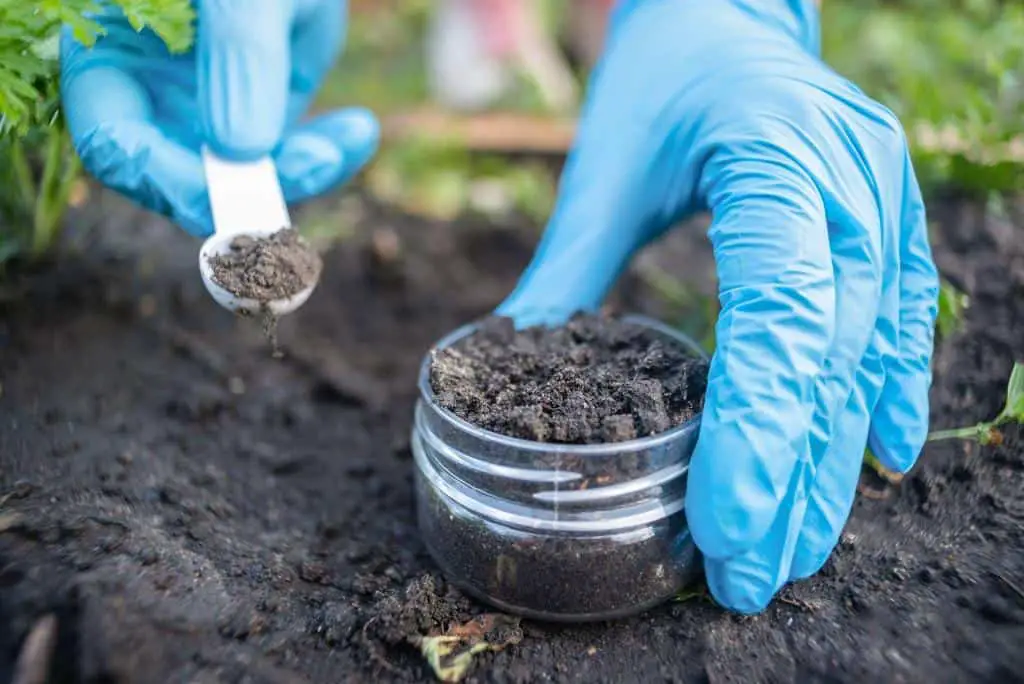
- Optimal pH Levels: Different plants require different pH levels to thrive. A soil tester can help you determine the pH of your soil and adjust it accordingly to meet the needs of your plants. For example, most vegetables prefer slightly acidic soil with a pH range of 6.0 to 7.0.
- Improved Nutrient Levels: Soil testers can also measure the levels of essential nutrients in your soil, such as nitrogen, phosphorus, and potassium. By knowing the nutrient levels in your soil, you can make informed decisions about fertilization and ensure that your plants are getting the nutrients they need for healthy growth.
- Efficient Watering: Soil testers can help you determine the moisture content of your soil, allowing you to water your plants more efficiently. Overwatering can lead to root rot and other problems, while underwatering can cause stunted growth. By using a soil tester, you can ensure that your plants are receiving the right amount of water.
- Cost-Effective: Using a soil tester can help you save money on fertilizers and amendments by allowing you to apply them only when needed. By maintaining optimal soil conditions, you can also reduce the risk of plant diseases and pests, further saving you money in the long run.
- Environmentally Friendly: By using a soil tester to monitor and maintain the health of your soil, you can reduce the need for chemical fertilizers and other synthetic products, which can be harmful to the environment. Soil testing promotes sustainable gardening practices that benefit both your plants and the planet.
How to Test Your Garden Soil
There are many ways to test your soil. You can purchase a testing kit from a gardening store or have your soil tested by a professional.
- If you can take a sample to a local university extension office, they will test your soil for free. They will also be able to tell you what nutrients are lacking in your soil and what amendments need to be added.
- The most common method of soil testing is to take a soil sample and send it to a lab for analysis. This will give you a detailed report of your current soil condition. You also get some advice on how to improve the soil condition and what amendments should be made.
- You can also do the testing by yourself. You can also buy kits that will allow you to test your soil at home. These kits are less accurate than sending a sample to a lab, but they can still give you some useful information.
How to Check Your Soil with a Soil Test Kit
There are many different types of soil test kits available, but they all work in similar ways. To use a soil test kit, you will need to collect a sample of soil from your garden or yard.
Simply take five samples of soil from different areas of your garden and put them in separate paper bags.
Then, follow the instructions that come with the kit to mix the soil with water and test it for pH levels, nutrient levels, and other factors.
Soil test kits are relatively easy to use, and they can be a helpful way to ensure that your plants are getting the nutrients they need. If you are interested in using a soil test kit, you can purchase one online or at a gardening store.
How to Check Your Soil Without a Soil Testing Kit
Is your garden soil good? It’s a question that every gardener asks at some point. The answer, however, is not always so clear. Soil testing is the best way to know for sure if your garden soil is good. But what if you don’t have time for a soil test? Is there a way to know if your garden soil is good without soil testing?
Here are a few ways to tell if your garden soil is good without doing a soil test:
- Look at the plants in your garden. Healthy plants are a good indicator that the soil they’re growing in is also healthy. If you see signs of stress in your plants, like yellowing leaves or unhealthy growth, the soil may lack nutrients or have poor drainage.
- Dig down and feel the texture of the soil. If you feel lots of crumbly, dry soil at the top of the spade, your soil is probably lacking in nutrients. If the soil feels wet and sticky, that can indicate a drainage problem.
- There are many signs of healthy soil, but one of the most important indicators is earthworms. Earthworms aerate the soil and help to break down organic matter in soil, making it more fertile. They also help to regulate moisture levels, which is important for plant growth.
- If there are fungi in your soil, that is an indication that your garden soil is in tip-top condition. Fungi help the plano absorb nutrients and water from the soil, and the plant provides the fungi with carbohydrates. Fungi break down dead organic matter, releasing nutrients back into the soil
- A healthy soil should be able to grow a spread-out root system. This means that the roots of your plants are growing outward in all directions, rather than just downward. This indicates that the plants are able to access all the nutrients and water they need from the soil.
- Another key indicator of healthy soil is its ability to hold onto moisture. Healthy soil will have a good balance of air and water, which allows it to retain moisture without becoming waterlogged. This helps ensure that plants have access to the moisture they need without being over-watered.
How Often Do You Do a Soil Test?
It’s important to test your soil regularly to ensure that your plants are getting the nutrients they need. The frequency of soil testing depends on a number of factors, including the type of plants you’re growing and the conditions of your garden.
If you’re growing vegetables, it’s a good idea to do a soil test every 3-4 months. This will help you keep track of the nutrient levels in your soil and make adjustments to your fertilizer routine as needed.
If you have a flower garden, you can get away with doing a soil test once or twice a year. This is because most flowers don’t require as much nutrition as vegetables. However, if you notice that your flowers are struggling, it’s a good idea to do a soil test to see if they need more nutrients.
Final Thoughts
Soil testing is an important part of gardening. It can help you determine what type of soil you have and what nutrients it lacks. This information is important for growing healthy plants.
There are many ways to test your soil. You can purchase a testing kit from a gardening store, or have your soil tested by a professional. Test results will tell you the pH level of your soil and what nutrients it lacks. This information will help you choose the right plants for your garden and amend the soil accordingly.
Don’t wait until your plants are wilting to test your soil! Test it now and give your plants the best chance for a healthy growing season.

